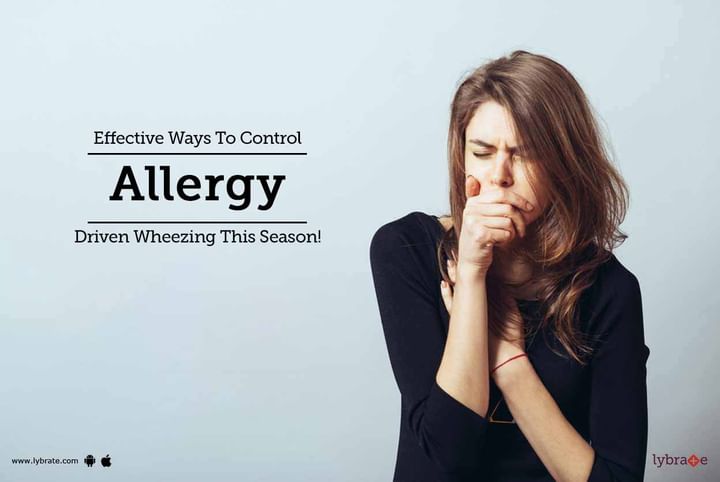Effective Ways To Control Allergy Driven Wheezing This Season!
Seasonal changes can be very exciting for most people. Each season brings with it a new set of colours and nature takes a new turn. However, for people with seasonal allergies, a seasonal change also comes with a set of allergies. From skin rashes to wheezing to breathing difficulties, the list of symptoms can be quite long. Asthma is the most common problem, and the attacks can be quite bothersome with wheezing attacks and breathing troubles.
With advancements in the field of medicine, there is a lot of relief for asthma patients. A little understanding on how asthma attacks happen will help in understanding how to control it. Asthma is an allergic reaction caused by narrowing of the airway with thick mucus, which makes breathing difficult. During an attack, the person can have a dry cough, face shortness of breath and wheezing.
Asthma is often triggered or worsened by some factors, and being aware of these can help prevent or manage an attack:
- Common allergens like pollen, mites, ticks, furs of animals, bird feathers, specific foods (peanuts, milk products, eggs, etc.) and mold spores appear during change of season.
- Environmental chemicals like cigarette smoke, car fumes, dust, etc., can also trigger an attack.
- Attacks of cold or flu can lead to an asthma attack.
- Workout during cold weather can be problematic, but exercise can also help control asthma attacks. Lung function improves sufficiently, but an exercise regime should be drawn up for the patient based on his condition.
- Stressful emotions like anger and anxiety can also lead to an attack or make it worse.
- Some medications like aspirin, beta blockers, glaucoma drops can aggravate attacks of asthma.
Once you know the triggers, here are some common measures that can help prevent and relieve the wheezing:
- The preventers reduce the inflammation in the airway tube and the swelling. While they do not provide immediate relief during an attack, using these in the long term helps avoid attacks. These are low-dose inhaled corticosteroids such as beclomethasone, fluticasone, and budesonide. Doctors would advise their usage even when there are no symptoms, as asthma attacks can be triggered when they are not taking these medications for a while. Newer drugs include leukotriene antagonists like montelukast and zafirlukast. Relievers are used for symptom relief and include Salbutamol (short acting) and Salmeterol/Formoterol (long acting). Peak flow meter may be useful in acute attacks, wherein the peak flow rates can be reduced.
A good strategy is to use preventers regularly and rely on relievers during an attack. The first one helps build resistance and so reduces the incidence of attacks. Reach out to a doctor if a severe attack ensues (lasts more than 3 hours).



+1.svg)
